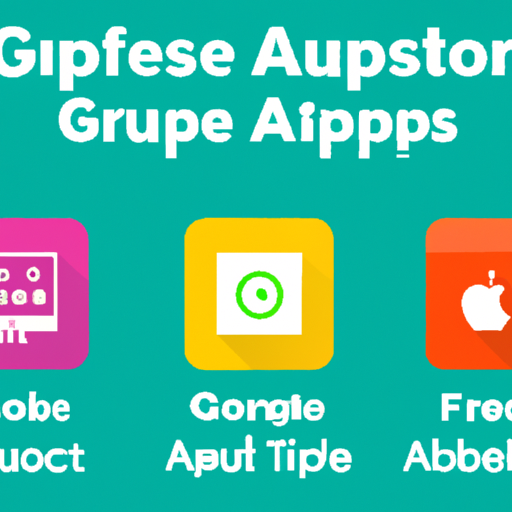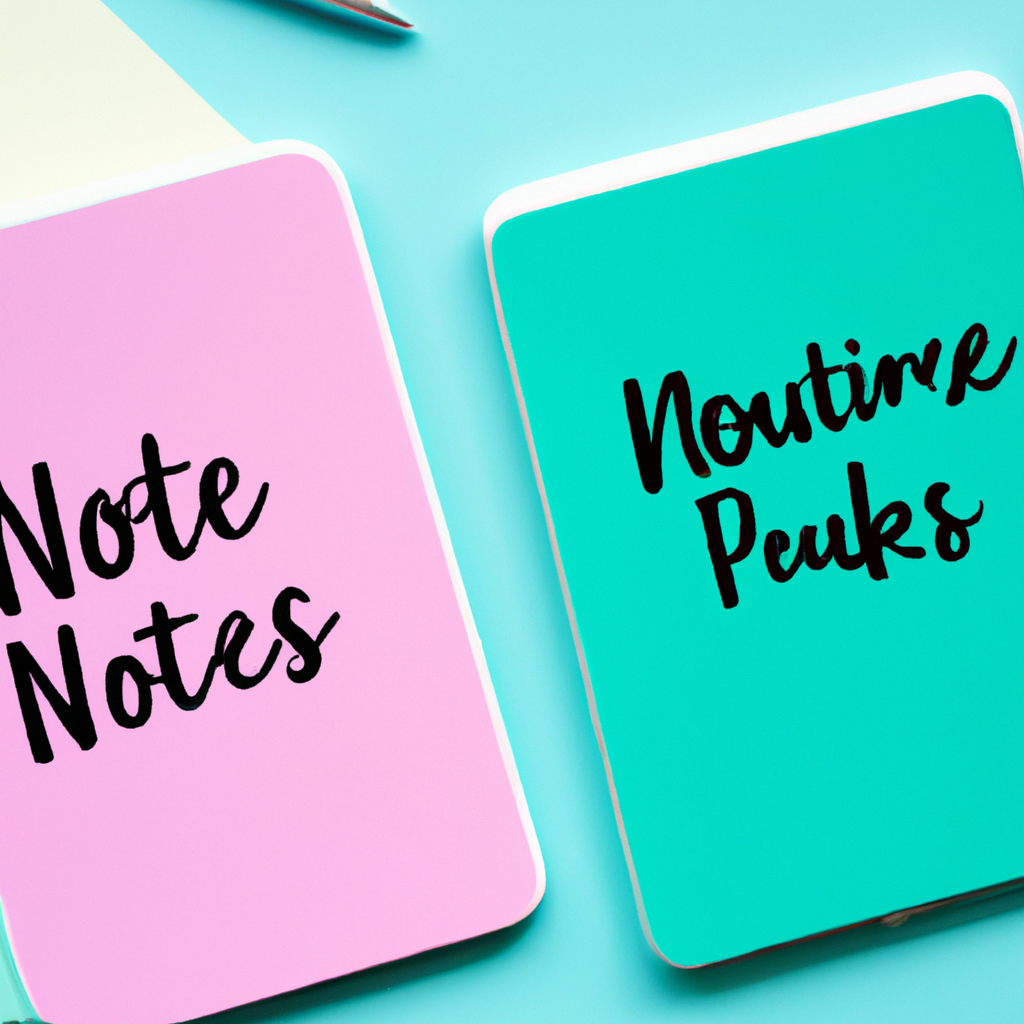Free Apps Comparison: Making the Smart Choice
In today’s digital landscape, the number of free apps available can be overwhelming. With so many options, finding the right software for your needs often requires a careful free apps comparison. Whether you’re searching for productivity tools, photo editors, messaging platforms, or fitness trackers, comparing free apps will help you make an informed decision. This comprehensive guide explores the best ways to evaluate free apps, what features to look for, and how to ensure you’re downloading safe and reliable tools.
Why Compare Free Apps?
When it comes to choosing free software, not all apps are created equal. Some offer robust features and user-friendly interfaces, while others may be limited or even unsafe. A thorough free app comparison allows you to:
- Identify the best app for your needs: Every user has unique requirements. Comparing apps helps you pinpoint which tools suit your workflow and preferences.
- Save time and resources: Rather than trying dozens of options, a side-by-side analysis narrows down the field quickly.
- Ensure security: Some free apps have privacy concerns or security vulnerabilities. Research helps you avoid risky downloads.
- Discover features and limitations: Not all free apps include the same functions. Comparison tables clarify which features are available.
Key Factors to Consider When Comparing Free Apps
The process of free apps comparison involves looking at several important aspects. Here are the most crucial factors to evaluate:
- User Interface & Experience: Is the app easy to use? Does it have an intuitive layout? A clean interface can boost productivity.
- Core Features: What are the essential functions of the app? Compare feature lists to see which software covers your needs.
- Platform Compatibility: Is the app available on Android, iOS, Windows, or MacOS? Cross-platform support is crucial for syncing devices.
- Privacy & Security: Does the app collect unnecessary data? Are there ads or in-app trackers?
- Customer Reviews & Ratings: What do other users say about the app’s performance, reliability, and customer support?
- Limitations of Free Version: Are there restrictions compared to paid versions? Some apps limit usage, features, or storage.
- Updates & Support: Is the app regularly updated? Are there help resources or a support team available?
Top Categories for Free App Comparison
Many users seek free alternatives for popular software. Here are some of the top categories where free apps comparison is especially valuable:
- Productivity Apps (e.g., note-taking, task managers, calendars)
- Photo & Video Editors
- Messaging & Communication Tools
- Antivirus & Security Apps
- Cloud Storage Solutions
- Music & Video Streaming Apps
- Fitness & Health Trackers
Example: Free Productivity Apps Comparison Table
To showcase how to compare free apps, let’s look at a sample table for popular productivity tools. Note how each app stacks up in terms of features, compatibility, and user ratings.
| App Name | Platforms | Core Features | User Rating | Limitations |
|---|---|---|---|---|
| Evernote | Android, iOS, Web, Windows, Mac | Notes, Web Clipping, Sync, Reminders | 4.2/5 | Monthly upload limit, device sync limit |
| Notion | Android, iOS, Web, Windows, Mac | Notes, Databases, Collaboration, Templates | 4.5/5 | Limited file uploads on free plan |
| Google Keep | Android, iOS, Web | Notes, Checklists, Reminders | 4.4/5 | No advanced organization features |
Visual Design: Comparing Free App Interfaces
Beyond features and compatibility, the design and usability of an app are crucial. Here’s what to look for in the interface of free software tools:
- Clean Layout: Minimal clutter and clear navigation boost productivity.
- Customizability: Can you personalize the look or features?
- Accessibility: Are there options for larger text, dark mode, or screen readers?
- Consistency: Does the app work smoothly across devices and updates?
How to Find Reliable Free App Reviews
Reliable reviews are essential for honest free app comparison. Here’s how to separate trustworthy feedback from hype:
- Look for detailed reviews: The best reviews discuss both pros and cons, and describe real-world usage.
- Check update history: Recent reviews are more relevant, as apps change over time.
- Test apps yourself: Whenever possible, try out shortlisted apps to see if they fit your workflow.
- Beware of fake reviews: If all reviews are glowing and lack specifics, be cautious.
Free vs. Freemium: Understanding the Difference
Many apps are marketed as “free,” but may include limitations or paid upgrades. Here’s a quick breakdown:
- Truly Free: All features are available at no cost, with no time limits or major restrictions.
- Freemium: Core features are free, but premium features require payment.
- Ad-supported: Free to use, but includes ads to generate revenue.
Always read the app’s description and reviews to understand what is included in the free version.
Best Practices for Safe Free App Downloads
Safety should be a top priority during any free apps comparison. Follow these tips to protect your device and data:
- Download from trusted stores: Use Google Play, Apple App Store, or official developer sites.
- Check permissions: Only allow necessary access. Beware of apps requesting unnecessary data.
- Read privacy policies: Understand how your data may be used or shared.
- Update regularly: Keep your apps and devices updated for the latest security fixes.
- Use antivirus tools: Especially on Android and Windows, these add a layer of protection.
Summary: Making the Most of Free App Comparison
With so many free apps available, a careful free apps comparison is the key to finding safe, reliable, and feature-rich software. Evaluate features, design, user reviews, and privacy policies before making your choice. Remember that the best app is the one that fits your unique needs, not just the one with the highest rating or most downloads. Stay safe, stay productive, and enjoy exploring the world of free software tools!


